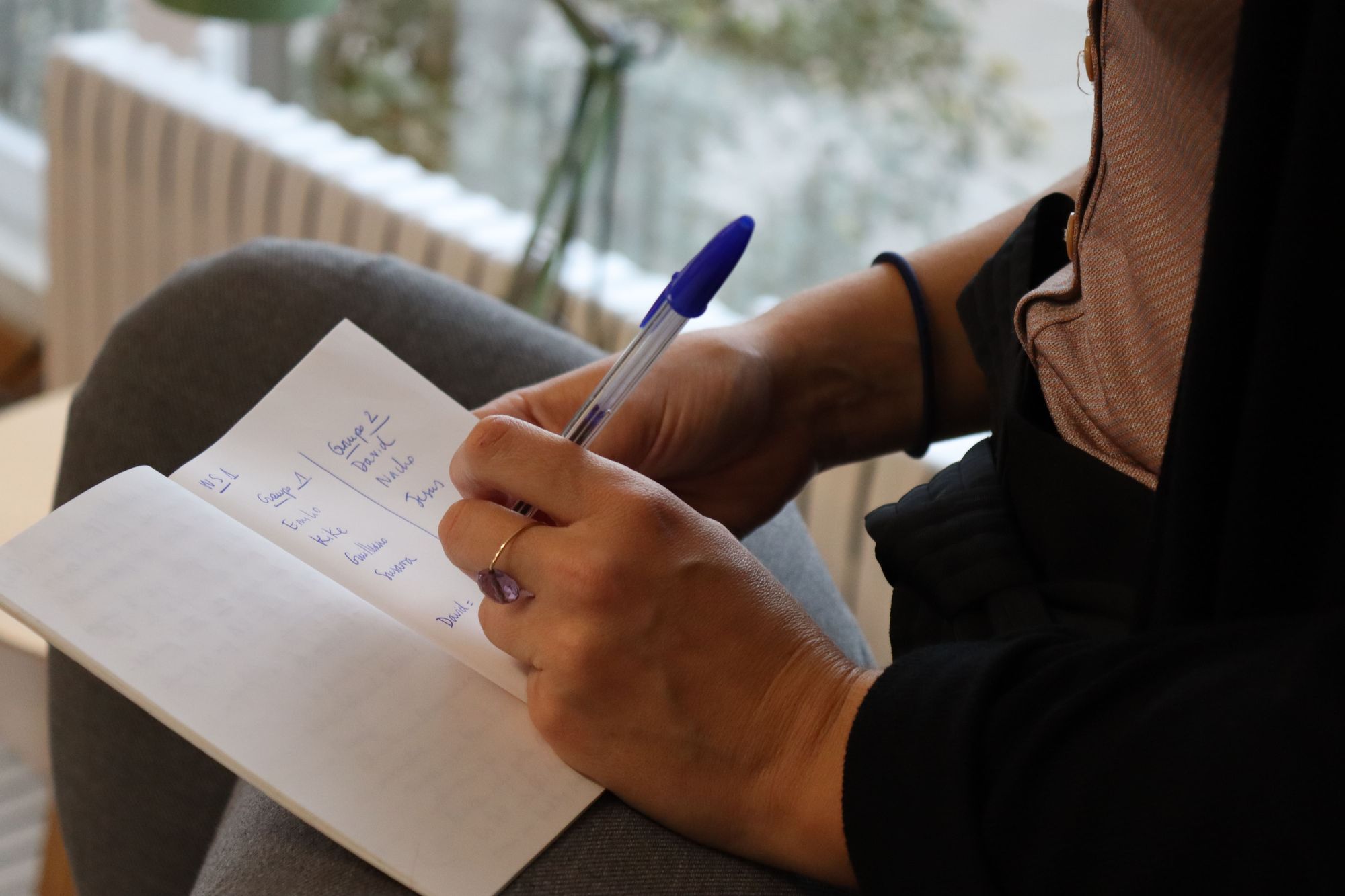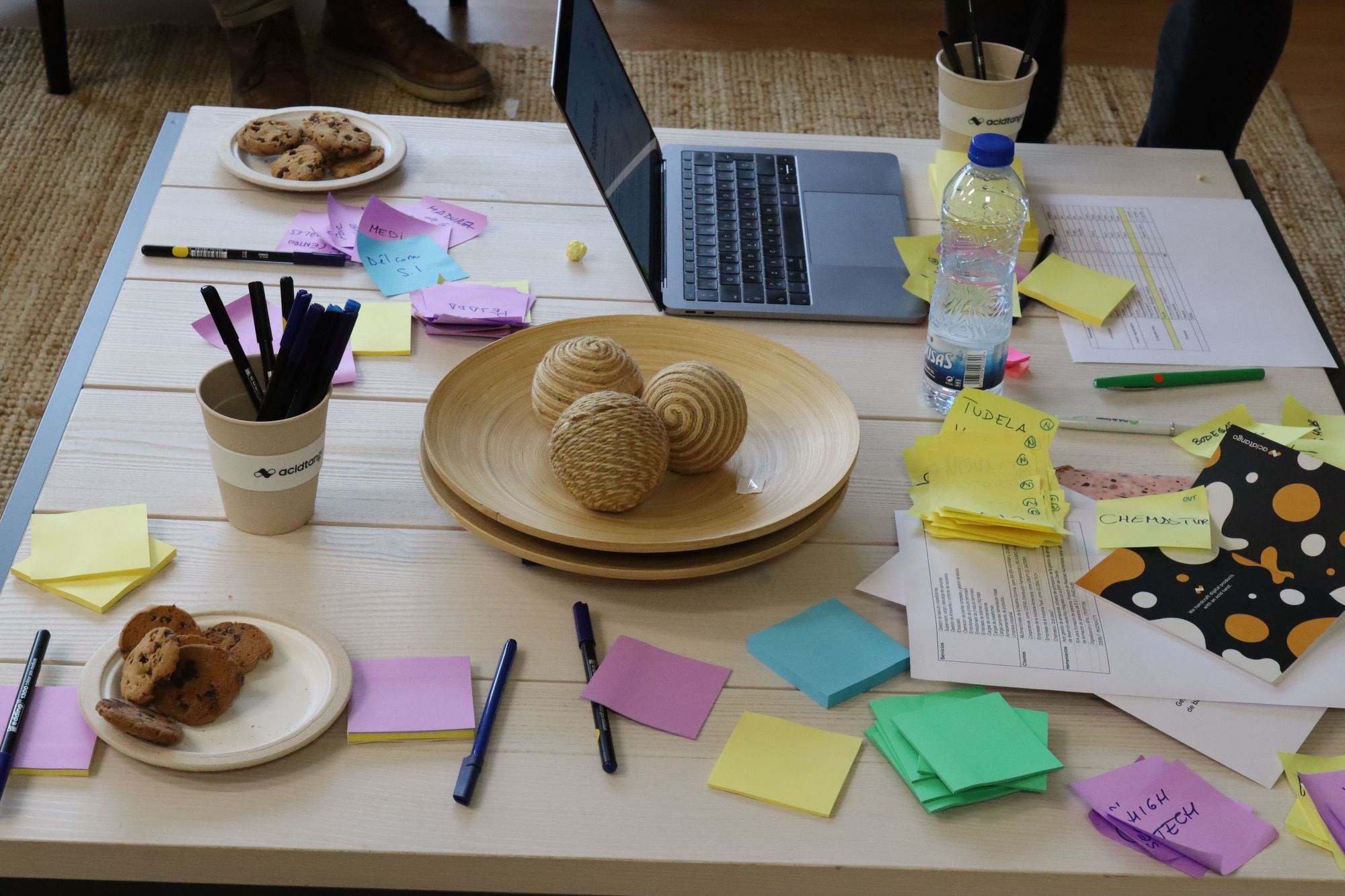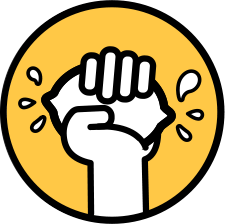What is Service Design, and how can it improve your customer experience?
Welcome to the exciting world of Service Design! If you need to become more familiar with this term, it's all about designing services with the customer at the heart of the experience.
Whether booking a holiday, ordering food delivery, or seeking medical advice, Service Design is transforming how we interact with companies and organizations. This article will explore what Service Design is, why it matters, and how it can benefit customers and businesses. And always remember: as 42courses wrote, Service Design is all around us.
So grab a cup of coffee and get ready to learn about the innovative and user-centered approach that is Service Design!
What is service design?
Service design is the process of creating and improving service delivery to meet customers' needs. It involves a multidisciplinary approach combining user-centered design, design thinking, and systems thinking to create seamless, efficient, and satisfying customer experiences.
Service design considers all aspects of the service experience, including the physical environment, customer interactions, back-end processes, and technology. It seeks to understand the customer's journey through the service and identify areas for improvement.
Service designers often work collaboratively with stakeholders from various departments, such as marketing, operations, and technology, to ensure that the service is aligned with business goals and meets customer needs. The end goal is to create services that are easy to use, effective, and enjoyable and meet the needs of customers and the business.
What are the main components of service design?
The main components of service design typically include the following:
- User research: it involves understanding the needs, goals, behaviors, and pain points of customers through various research methods such as surveys, interviews, and observations.
- Service blueprinting: this visual representation of the service outlines the various touchpoints, actors, and interactions that occur during the service experience.
- Service prototyping: about creating low-fidelity or high-fidelity prototypes to test and refine service ideas and concepts.
- Service delivery design: it involves designing the physical and digital aspects of the service experience, including the user interface, customer-facing touchpoints, and service delivery channels.
- Service measurement and optimization: it is about continually developing metrics to measure the service's success and using data to optimize and improve the service over time.
- Service culture and organization: building a culture and organization that supports service design principles and practices, such as cross-functional collaboration, user-centered design, and continuous improvement.
By considering all these components, in other words we could say that service design seeks to create a user-friendly, efficient, and effective service while meeting the needs of both the customer and the business.

The top 5 benefits of adopting service design
The top 5 benefits of adopting service design are:
- Improved customer satisfaction: service design focuses on understanding and meeting the needs of customers, which can lead to a more satisfying service experience and higher levels of customer loyalty and advocacy.
- Increased efficiency and effectiveness: by optimizing service processes and touchpoints, service design can help organizations deliver more efficient and effective services, reducing costs and improving outcomes.
- Differentiation and competitive advantage: it can help organizations to differentiate themselves from competitors by offering a unique and tailored service experience that meets the needs of individual customers.
- Innovation and creativity: it encourages creative thinking and innovation, enabling organizations to develop new and innovative service offerings that meet emerging customer needs and preferences.
- Organizational alignment and collaboration: it promotes cross-functional collaboration and alignment, helping organizations to break down silos and work together to create a seamless and integrated service experience for customers.
How does service design improve customer experience?
Service design improves the customer experience in several ways, including:
- User-centered design: it is based on a user-centered design approach, which involves understanding the needs, behaviors, and preferences of customers and designing services that meet their needs. This focus on the customer helps to create a service experience that is intuitive, easy to use, and satisfying.
- Process optimization: it involves analyzing and optimizing service processes to reduce wait times, eliminate bottlenecks, and improve the overall efficiency and effectiveness of the service. This helps to reduce customer frustration and improve the overall service experience.
- Multichannel delivery: it considers the various channels customers interact with the service, including digital and physical touchpoints. By designing a seamless, integrated experience across all channels, it can improve the convenience and accessibility of the service.
- Personalization and customization: it enables organizations to offer personalized and customized services that meet individual customers' unique needs and preferences. This creates a more engaging and satisfying service experience, increasing customer satisfaction and loyalty.
- Continuous improvement: it involves monitoring and improving the service experience based on customer feedback and data analysis. This ensures that the service remains relevant and effective in meeting customers' changing needs and preferences.
Customization: one of the main points of service design
Customization is important in service design because it allows service providers to meet individual customers' unique needs and preferences. Service providers can create a more personalized and engaging service experience by offering customization, leading to higher customer satisfaction, loyalty, and advocacy.
Customization also enables service providers to differentiate themselves from competitors and create a competitive advantage. By offering a unique and tailored service experience, providers can attract and retain customers who value personalized service and are willing to pay a premium.
Furthermore, customization can help service providers to optimize their service offerings by tailoring them to the specific needs and preferences of different customer segments.
By collecting data on customer preferences and behaviors, service providers can identify areas for improvement and optimize their service offerings to meet customer needs better.
The four approaches to customization for service design are:
- Adaptive customization: it implicates adjusting the service to meet each customer's unique needs based on their individual preferences and requirements. For example, a hotel may offer different room configurations or amenities based on guests' preferences.
- Transparent customization: it allows customers to select from a pre-defined set of options to create a service that meets their specific needs. For example, a restaurant may offer a "build-your-own" menu where customers can choose their toppings or ingredients.
- Cosmetics customization: it involves offering customization that is primarily focused on aesthetics or branding rather than functionality. For example, a company may offer personalized packaging or branding to make a service feel more personalized.
- Collaborative customization: it includes collaborating with customers to co-create a service that meets their unique needs. For example, a software company may work closely with customers to develop a customized solution that meets their business needs.
Is service design the same as or a part of UX?
We have news for you: service design and user experience (UX) are related but different.
Service design is a discipline that focuses on designing the entire customer experience across multiple touchpoints, including digital and physical channels, on meeting customer needs and achieving business goals. Service design involves:
- Analyzing customer journeys.
- Identifying pain points and opportunities for improvement.
- Designing solutions to improve the overall experience.
User experience (UX), on the other hand, is a more specific field within a design that focuses on designing digital products and interfaces that are user-friendly, efficient, and enjoyable to use. UX designers focus on creating interfaces that provide a great user experience in digital products, such as websites, mobile applications, or software.
However, service design and UX design do intersect in many ways. Both fields prioritize user-centered design and aim to create experiences that meet the needs and expectations of customers. Service designers often collaborate with UX designers to create cohesive and comprehensive experiences across multiple touchpoints.

What are some examples of service design?
These are the most popular examples of service design:
- Airbnb’s service design has transformed how people travel and find accommodation. The company provides a platform for people to rent out their homes or apartments to travelers, creating a unique and personalized experience that often goes beyond traditional hotel stays.
- Disney World is a masterclass in service design. The park is designed to provide an immersive experience that transports visitors to a magical world. Every detail, from the rides to the food to the costumes worn by employees, is carefully designed to create a cohesive and memorable experience.
- Amazon's service design is centered around making online shopping as easy and convenient as possible. From the one-click ordering system to the seamless returns process, every aspect of the shopping experience is designed to minimize friction and provide a positive experience for customers.
- Starbucks is a great example of how service design can elevate a simple product, like coffee, into a full experience. The company's stores are designed to be welcoming and comfortable, and the menu and ordering process is highly customizable, allowing customers to create unique drinks.
- Uber's service design has transformed how people think about transportation. The app provides a simple and seamless way to order a ride, and the entire experience is designed to be convenient, affordable, and stress-free for customers.
How to use Acid Tango to improve your customer experience and facilitate service design
The process should always be transparent and collaborative if you want to use service design and improve the customer experience.
Getting started is quick and simple – you can contact and talk to us about your project. We will help you in the best way we can.
Remember, the purpose of service design is to put the client first and constantly work to improve their experience.
